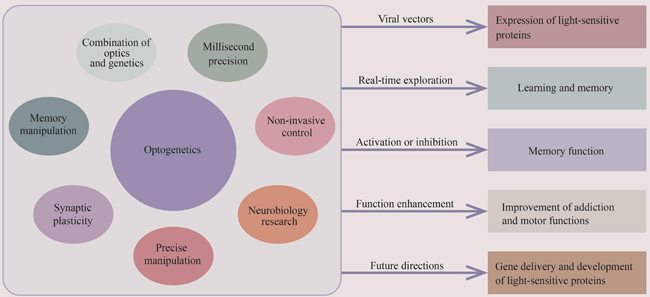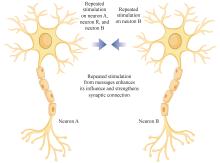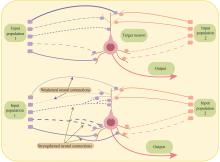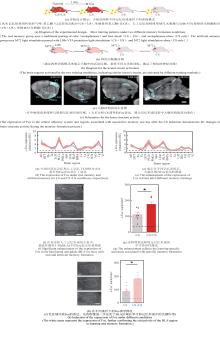|
||
|
Research on the application of optogenetic tools in learning and memory
Synthetic Biology Journal
2025, 6 (1):
87-104.
DOI: 10.12211/2096-8280.2024-042
Optogenetics represents an advanced technology that facilitates precise control of gene expression and neuronal activity in living cells through light. Introduced by neuroscientist K. Deisseroth in 2005, this methodology has transformed neuroscience research, empowering researchers to modulate excitable tissues and neural circuits with exceptional spatiotemporal accuracy. Optogenetics necessitates the expression of light-sensitive proteins, including channelrhodopsins, halorhodopsins, and various microbial opsins, within specific cells. Employing viral vectors and tissue-specific promoters, these proteins ensure targeted expression. Exposure to designated wavelengths of light permits these proteins to activate or inhibit cellular activity, thereby modulating neuronal behavior. The implementation of optogenetics has significantly enhanced comprehension of learning, memory, and neural plasticity. This technology enables the examination of the molecular dynamics associated with synaptic plasticity, long-term potentiation (LTP), and long-term depression (LTD), which are pivotal for memory. Real-time manipulating of specific neuronal populations can elucidate the intricate neural circuits involved in these phenomena. Additionally, optogenetics has facilitated the exploration of potential therapeutic approaches for neurological conditions such as Alzheimer’s disease by meticulously controlling memory-associated circuits. The utility of optogenetics transcends fundamental research, yielding promising prospects in addiction to studies and motor function enhancement. By modulating distinct neural circuits, it is possible to alter addiction-related behaviors and augment motor functions. Furthermore, the amalgamation of optogenetics with cutting-edge technologies like artificial intelligence and deep learning is anticipated to refine stimulation protocols, resulting in more precise and efficacious experimental outcomes. Notwithstanding its transformative capacity, the clinical application of optogenetics encounters significant obstacles, including the requisites for safe and effective gene delivery systems and the formulation of light-sensitive proteins with optimal characteristics for applications in human beings. Future investigations should concentrate on surmounting these hurdles while expanding the applications of optogenetics in neuroscience and related fields. The integration of optogenetics with multidisciplinary approaches is poised to unveil new realms in brain research, yielding profound insights into mechanisms governing memory, learning, and neural plasticity.

Fig. 3
Architecture for signal segregation and integration transmission processing [
Extracts from the Article
图3(a)和图3(b)展示了群体水平的输入-输出组织在学习和记忆的神经机制中起重要作用的两种不同神经元连接架构。图3(a)展示的偏向输入-分隔输出架构中,不同来源的输入神经元群体(A1,A2,...,Am)向中间层(B)发送信号,从而被中间层接收并处理,最后被传递到输出层。不同的输入信号被分隔处理,并最终传递到不同的目标神经元群体(C1,C2,...,Cn),实现差异化处理,从而支持复杂的学习和记忆功能。在图1(b)展示的整合和传递架构中,不同来源的输入神经元群体的信号在中间层(B)整合后,发送到多个目标神经元群体(C1,C2,...,Cn)[32]。结合这些架构图与光遗传学技术,研究人员可更加深入地理解神经系统如何在接收和处理多种输入信号后,快速广泛地将整合的信息传播给多个目标神经元群体,这对于复杂的学习和记忆过程至关重要。
Other Images/Table from this Article
|




